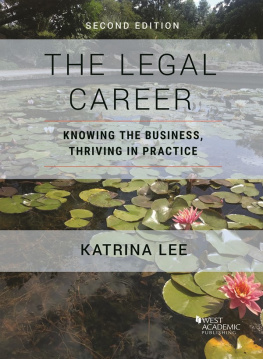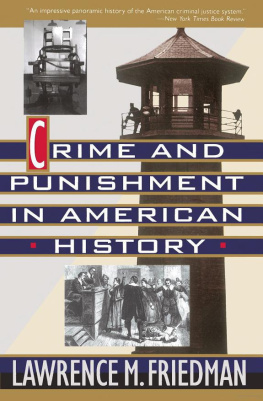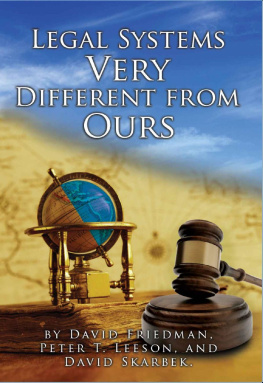First published in 1996 by Westview Press
Published in 2021 by Routledge
605 Third Avenue, New York, NY 10017
2 Park Square, Milton Park, Abingdon, Oxon OX14 4RN
Routledge is an imprint of the Taylor & Francis Group, an informa business
Copyright 1996 by Taylor & Francis
All rights reserved. No part of this book may be reprinted or reproduced or utilised in any form or by any electronic, mechanical, or other means, now known or hereafter invented, including photocopying and recording, or in any information storage or retrieval system, without permission in writing from the publishers.
Notice:
Product or corporate names may be trademarks or registered trademarks, and are used only for identification and explanation without intent to infringe.
A CIP catalog record for this book is available from the Library of Congress.
ISBN 0-8133-8935-6 (HC)
ISBN 13: 978-0-3670-1756-9 (hbk)
ISBN 13: 978-0-3671-6743-1 (pbk)
DOI: 10.4324/9780429047428
Acknowledgments
The editors and authors wish to thank the American Academy of Arts and Sciences for principal support of the project for which these studies were prepared. A vital additional contribution was made by the University of Californias Humanities Research Institute, which underwrote and hosted an extended planning session for the authors. The Stanford Law School, UC Boalt Hall School of Law, and the UC Berkeley Center for the Study of Law and Society all provided important supplemental funding or secretarial staff support. Dr. Gerald Bradford of the Academy, Profs. Murray Krieger and Mark Rose of the UC Humanities Research Institute, and Prof. Malcolm Feeley of the Center for the Study of Law and Society all extended themselves personally and were generous in arranging for institutional support. Professor Robert Gordon is also owed warm thanks for his scholarly counsel and abiding interest in the project.
Dr. William Gallagher served as rapporteur for the project conferences and contributed to the preparation of materials for publication. The editors are grateful to him and also to Ms. Patricia Ramirez and Ms. Kiara Jordan of UC Berkeley for devoted and expert attention to the editorial and production processes; and to the Westview Press editorial staff for their supportive role in bringing these papers to publication.
Lawrence M. FriedmanHarry N. Scheiber
1
Legal Cultures and the Legal Profession: Introduction
Lawrence M. Friedman and Harry N. Scheiber
DOI: 10.4324/9780429047428-1
The papers collected in this volume were originally presented in May, 1993, at a conference held at the Center for the Study of Law and Society, University of California, Berkeley, under the principal sponsorship of the Western Center of the American Academy of Arts and Sciences. This conference brought together an international group of scholars in law, humanities, and the social sciences. The general topic of the conference was the relationship between legal systems and the cultures in which they are imbedded, with particular emphasis on the legal profession. The seven papers in this volume are lineal descendants of the seven principal papers presented at the conference.
A word should be said at the outset about the concept of legal culture. Scholars have used the term in a number of senses. Sometimes the phrase describes legal consciousnessattitudes, values, beliefs, and expectations about law and the legal system. At other times, scholars employ the term in a broader but somewhat vaguer meaningto capture what is distinctive about patterns of thought and behavior in, say, American law. Some sweep even more into the category: legal institutions and the distinctive ways they function. In any case, the term refers to living law, to law as a dynamic process; if the dry texts of statutes and cases, and the organizational charts that describe legal institutions are the bones and skeleton of a legal system, then legal culture is what makes the system move and breathe. The authors of the essays, however they make use of the term, never stray too far from the core meaning of legal consciousness: the law as image and incentive, in the minds of members of some public.
Lawyers and the Culture of Legalism
Three of the papers presented at the conference, and reprinted in this volume, focus on lawyers, litigation, and the use of the law. Their common theme is the much-discussed culture of legalism in American society. Robert Kagans essay, Do Lawyers Cause Adversarial Legalism? takes as its starting point what he believes to be Americas uniquely legalistic culture. Kagan calls the American style of governance and policy implementation adversarial legalism. It is a style which is more legalistic, decentralized, and prone to litigation than the legal styles of other Western societies.
Where does this aspect of American legal culture come from? Why does there seem to be so much litigation, dissension, legal maneuvering? The average person tends to pin the blame on lawyers. Because of their training and their habits, their selfishness and greed, lawyers foment litigation, and encourage legalistic forms of governance and dispute resolution. The result is a plague of lawsuits, a plague of lawyeringa legal system choked by excess. Kagan sifts the evidence, and comes to the conclusion that there is some truth to the charge. Legal education and scholarship put a premium on traits which can only exacerbate adversarial legalism. Lawyers learn to look at law in instrumental terms. They learn to respect and honor an activist role for judges. They value rights and entitlement; and legal enforceability (in court) for just about every expression of policy.
Lawyers are engaged in whipping up legal business. Advertisingonce strictly forbiddenserves to increase access to lawyers; but it also encourages the aggressive use of litigation to pursue even marginal legal claims. Many lawyers are battlers, whose litigation tactics make settlement and negotiation difficult or impossible. Other lawyers act as entrepreneurs and litigation brokers; they dream up or encourage high-stakes lawsuits (some of them of dubious merit), and end up lining their own pockets more than those of the clients they are supposed to be serving. Some lawyers use litigation as a tactic to fight policies they or their clients oppose: they may, for example, use environmental law as a tool to block projects that they find offensive. Finally, lawyers collectively lobby courts and legislatures to shape public policy on issuestort reform would be one examplethat have an impact on them and their clients. Even the system of ethics for lawyers plays a role in building the house of adversarial legalism. The code of ethics encourages aggressive advocacy; it emphasizes absolute loyalty to the client rather than the duty of the lawyer as an officer of the court, or any responsibility to the larger society.











